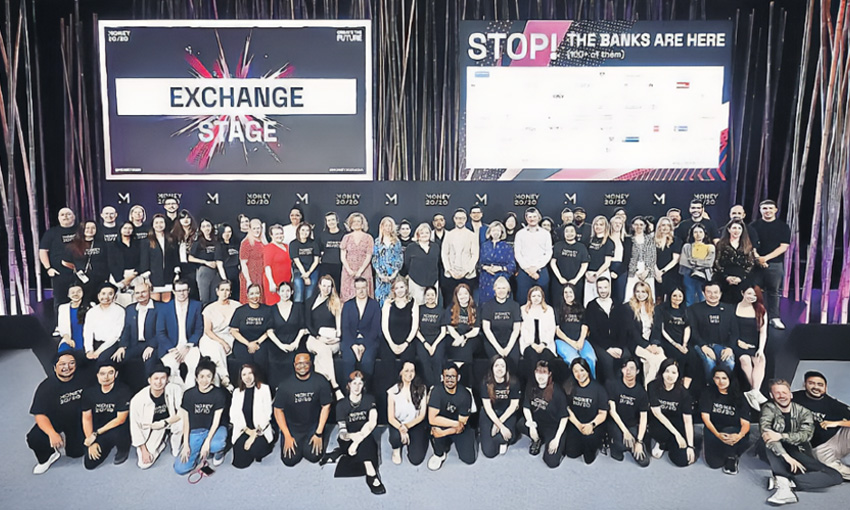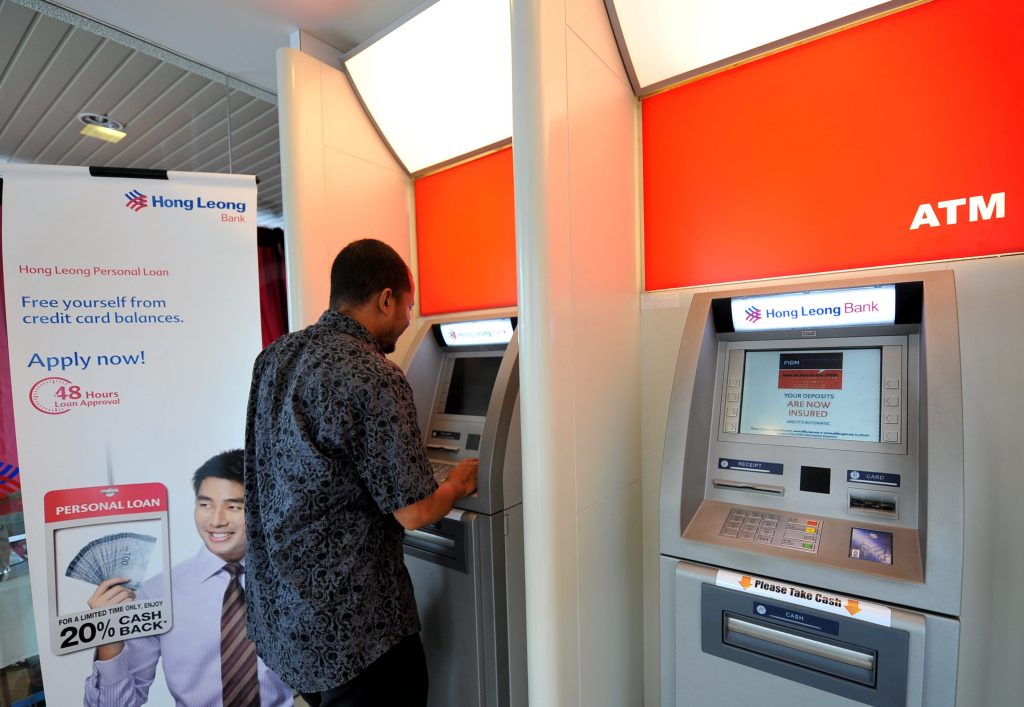Auto Added by WPeMatico

The event has 4 times more regulators from across the region than last year, showing how seriously govts are taking fintech innovation
by SHAUQI WAHAB
MONEY20/20 Asia, one of the biggest financial technology (fintech) events in the world, had brought together banks, start-ups, regulators and tech companies to talk through the future of money.
MD for Asia and Australia and New Zealand (ANZ) Danny Levy shared that it served as a platform for fintech enthusiasts to see a clear picture of where fintech is heading.
Its humble beginnings went back over a decade ago in Las Vegas, the US, just after the global financial crisis, where Levy saw that there was no single platform where banks, payment companies and fintech start-ups could meet and collaborate.
Hence, Money20/20 was created, in which Levy envisioned to be a melting pot for fintech players.
“Money20/20 is a space where the whole industry could connect,” he told The Malaysian Reserve (TMR).
The event has grown with editions in Europe, Singapore and the latest in Bangkok, Thailand, with each location having its own focus, taking into account the different fintech trends in different regions.
Levy noted that Bangkok was a right fit because people like to travel there both for work and leisure.
“The government supports fintech and the challenges that Thai businesses face are similar to those in the rest of South-East Asia,” he said.

Money20/20 Asia does not want to be the biggest event, but the best, says Levy (Pic courtesy of Money20/20)
This year, the event had 23 regulators from across the region — four times more than last year, showing how seriously governments are taking fintech innovation.
According to Money 20/20’s pamphlet report titled “How Will Asia’s Money Move in the Future? 2025’s View of 2035”, 32% share of the world’s retail cross-border payments originated from Asia-Pacific last year.
It also said 44% think business-to-business (B2B) payments will see a bigger improvement than consumer-to-consumer (C2C) over the next decade, aside from the size of the Asia-Pacific cross-border payments market in 2032 forecasted to reach up to RM98.67 trillion.
Moreover, 93% of participants expected significant or moderate change in Asia’s payment infrastructure by 2035.
Money20/20 Asia 2025, themed “Empowering Humanity Through Collaboration”. focused on utilising fintech to solve real problems.
Levy explained that in Asia, that means helping small businesses, improving financial inclusion and making cross-border payments easier.

Only 8.3% believe that Malaysia is leading the way on cross-border payments in Asia (pic: TMR)
Some of the key topics included artificial intelligence (AI) in finance, where banks and fintech are using AI for fraud detection, customer service and loan approvals.
This results in better security procedures and new innovations to counter fraud attempts. Besides that, cross-border payments were often discussed in various talk sessions because,
Levy noted, sending money between countries is still slow and expensive, especially for small businesses.
According to the survey in the pamphlet report, 88% believe interoperability will be very or extremely important to the future of Asia’s cross-border payments, while 86% say policy will be very important to the future of Asia’s cross-border payments.
Moreover, real-time payments and digital wallets will lead the way, followed by central bank digital currencies (CBDCs) and stablecoins.
On which countries are driving change, 53% of participants said Singapore is leading the way on cross-border payments in Asia, followed by China (26.7%), India (21.7%) and Thailand (21.7%) while only 8.3% believed that Malaysia is leading.
Singapore is currently Asia’s innovation hub, where 98% citizens have a financial account and 97% own a mobile phone.

While digital payments are growing, that does not mean that ATMs are obsolete
Meanwhile, 42% own a credit card and 94% own a debit card, demonstrating their community’s financial literacy and capability to drive their domestic economy as they are the home for many of the region’s biggest brands.
China is another change driver, where 89% citizens have a financial account, while 100% own a mobile phone. 38% of Chinese citizens own a credit card and 76% own a debit card.
However, China’s immense scale and dominance in the financial landscape, coupled with speed at which companies and initiatives in the country are able to move, has become a critical driver of digital wallet adoption across Asia.
Levy pointed out that while digital payments are growing, that does not mean that ATMs are obsolete. The fact remains that cash is still important in many places.
“In countries like Indonesia and Thailand, cash is still king. You cannot ignore that,” he said.
What’s Next for Money20/20?
Money20/20 will return to Bangkok in 2026, with even more focus on networking and new experiences while the event will expand to Saudi Arabia in September this year — its first event in the Middle East.
Levy reiterated one of Money 20/20’s main missions in the fintech industry.
“We do not want to be the biggest event, but the best — where the most important conversations happen, where deals get done and where the future of fintech is shaped.
“Money20/20 Asia is more than just a conference. It is a place where the entire fintech industry comes together to solve real problems — whether helping small businesses, making payments faster, or ensuring technology benefits everyone,” he said.
- This article first appeared in The Malaysian Reserve weekly print edition
RELATED ARTICLES
The post The future of fintech takes shape at Money20/20 Asia 2025 appeared first on The Malaysian Reserve.
